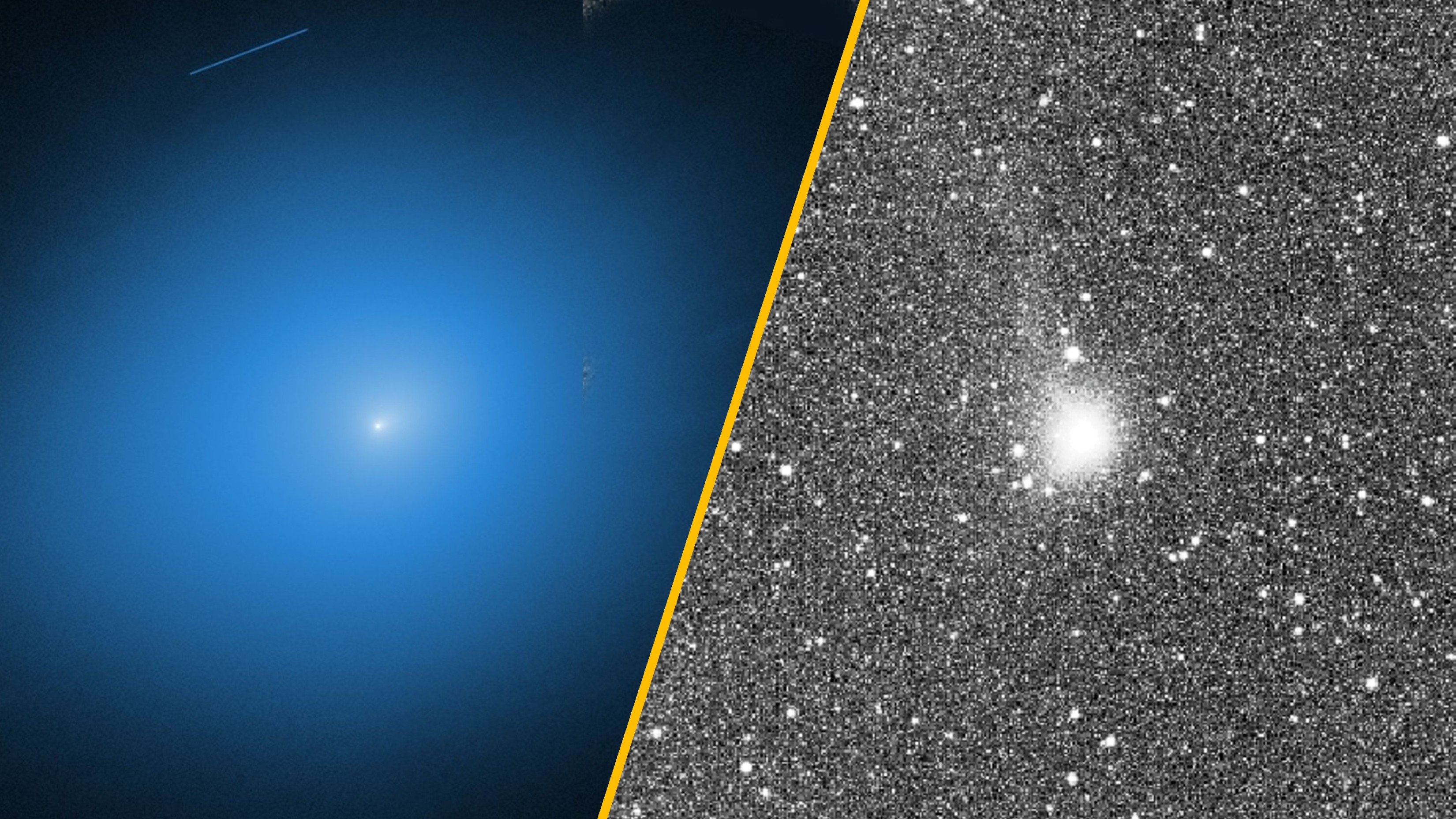Today’s Spring Equinox Heralds Warmer Months — And a Supermoon
An annual celestial alignment between Earth and the sun known as the spring equinox, occurs today (March 20) at 5:58 p.m. ET, announcing that the seasons are shifting and spring is on the way.
And this year, the equinox brings another celestial marvel — a spectacular supermoon. This phenomenon — when the full moon appears larger than usual — takes place during the moon's closest approach to Earth; tonight's supermoon will be the first in 19 years to coincide with a spring equinox. [6 Signs Spring Has Sprung]
The Virtual Telescope Project will livestream the supermoon as it rises over the skyline of Rome, Italy, at 5:45 p.m. local time (12:45 p.m. ET).
Twice in a year, the Earth reaches a point during its annual journey around the sun when the Northern and Southern hemispheres — the two planetary zones bisected by the equator — receive the same amount of daylight, a phenomenon called an equinox, or "equal night" in Latin.
In the Northern Hemisphere, what is known as the spring equinox also marks the beginning of fall in the Southern Hemisphere. The Northern Hemisphere's autumnal equinox — which will take place six months later, on Sept. 23 — heralds the coming of spring south of the equator.
Because Earth orbits the sun while tilted on its axis at about 23.5 degrees, daylight is almost always distributed unequally across the planet. Depending on Earth's orbital position, either the Northern Hemisphere or the Southern is illuminated longer during a 24-hour cycle, C. Alex Young, associate director for science in the Heliophysics Science Division at NASA's Goddard Space Flight Center, told Live Science.
"During two special times twice a year, the tilt is actually perpendicular to the sun, which means that Earth is equally illuminated in the Northern and Southern hemispheres," Young said.
Get the world’s most fascinating discoveries delivered straight to your inbox.
Ancient observations
It's uncertain when ancient civilizations first became aware of this phenomenon, though humans have been creating structures to observe the changing positions of the sun in the sky and its relationship to the seasons for thousands of years, Young said. Today, spacecraft offer views of Earth that easily capture the distribution of light across the planet's surface at any given time of the year. And when an equinox occurs, "you can see this effect quite well," Young said.
"Earth's tilt has an effect during other times of the year — you see more light in the Northern Hemisphere or more light in the Southern Hemisphere, depending on the time of year. And then during the equinoxes you see that the Northern and Southern hemispheres are equally lit up," he said.
These long-range views of Earth offer an important "big picture" understanding of our planet that can only be obtained by looking at it from a distance, Young told Live Science.
"Once we were able to put satellites into space we were able to see the extent of cloud cover, landmasses, bodies of water. It's given us a new perspective on this very complicated and very vital system," he said.
- Earth from Above: 101 Stunning Images from Orbit
- Way to Be Weird, Earth: 10 Strange Findings About Our Planet
- Vernal Equinox: First Day of Spring Seen from Space (Photo)
Originally published on Live Science.

Mindy Weisberger is a science journalist and author of "Rise of the Zombie Bugs: The Surprising Science of Parasitic Mind-Control" (Hopkins Press). She formerly edited for Scholastic and was a channel editor and senior writer for Live Science. She has reported on general science, covering climate change, paleontology, biology and space. Mindy studied film at Columbia University; prior to LS, she produced, wrote and directed media for the American Museum of Natural History in NYC. Her videos about dinosaurs, astrophysics, biodiversity and evolution appear in museums and science centers worldwide, earning awards such as the CINE Golden Eagle and the Communicator Award of Excellence. Her writing has also appeared in Scientific American, The Washington Post, How It Works Magazine and CNN.


